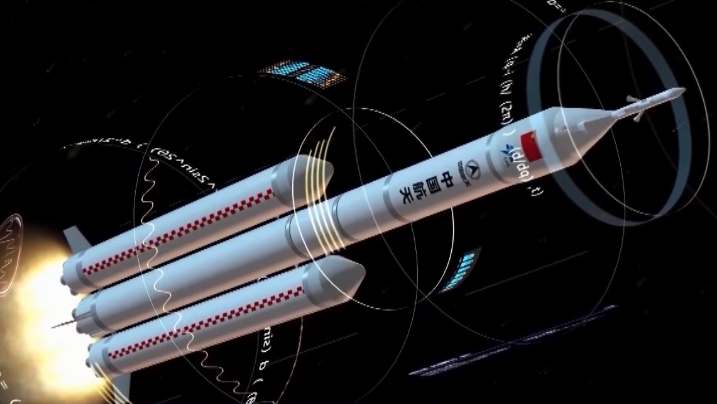Free Courses Sale ends Soon, Get It Now


Free Courses Sale ends Soon, Get It Now



Disclaimer: Copyright infringement not intended.
Context
Long March 10
TYPES OF EARTH ORBITS: https://www.iasgyan.in/blogs/types-of-orbits-explained#:~:text=Orbital%20inclination%20is%20the%20angle,opposite%20direction%20of%20Earth's%20spin.
|
PRACTICE QUESTION Q. Consider the following statements. 1. A geostationary orbit is extremely valuable for weather monitoring because satellites in this orbit provide a constant view of the same surface area. 2. Of the five Lagrange points in the Sun-Earth system, only the last two, called L4 and L5, are stable. 3. A satellite in a Molniya orbit takes 12 hours to complete its orbit, but it spends about two-thirds of that time over one hemisphere. 4. Satellites that are destined for geosynchronous (GSO) are almost always put into a Geostationary Transfer Orbit (GTO). Which of the above statements is/are correct? (a) 1 only (b) 2 and 3 only (c) 3 and 4 only (d) All of the above. Correct Answer: (d) All of the above. TYPES OF EARTH ORBITS: https://www.iasgyan.in/blogs/types-of-orbits-explained#:~:text=Orbital%20inclination%20is%20the%20angle,opposite%20direction%20of%20Earth's%20spin. |
https://www.globaltimes.cn/page/202307/1294879.shtml
© 2024 iasgyan. All right reserved